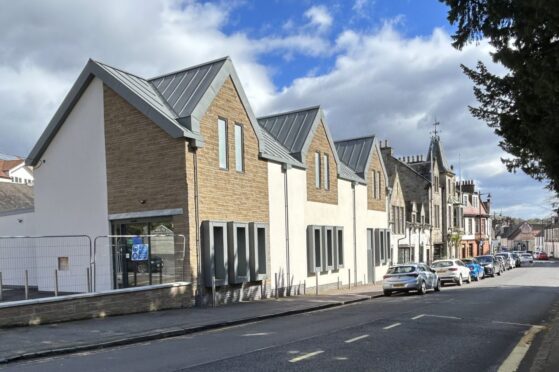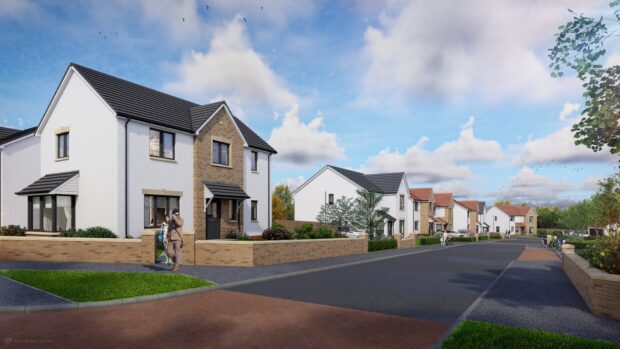A study has revealed crime prevention methods built into a Fife housing association’s properties has led to a massive cut in crime compared to homes not similarly protected.
Research by Police Scotland has revealed the 3,000 homes built to Secured by Design (SBD) standards in more than 150 Kingdom Housing Association (KHA) developments across the region experienced 87% fewer crimes
The statistics were gathered from crimes from 2007 to 2016 within Fife and compared with 3,000 non-SBD properties over the same period at developments completed between 1997 and 2015 in Kirkcaldy, Glenrothes, St Andrews, Dunfermline, Cowdenbeath, Levenmouth and south west Fife.
Offences included in the study were housebreaking, attempted housebreaking, sneak-in thefts and opening of lockfast places – vehicles, sheds or outbuildings and garages where locking mechanisms are overcome to gain entry for theft.
With that in mind, the research found that only 1.8% of all of the 3,000 SBD homes were subject to these crimes, compared to 14.2% of the non-SBD properties.
Stuart Ward, SBD national designing-out crime manager, who is responsible for implementing SBD and general crime reduction in all 13 divisions of Police Scotland, said the results highlight the benefits of building to SBD security standards.
He commented: “Evidence suggests that SBD homes achieve significant reductions in crime and can continue to do so year-on-year.
“This is especially important as most SBD developments are in social housing in deprived areas.”
SBD’s proven crime prevention techniques include looking at layout and landscaping, such as incorporating natural surveillance and limiting through-movement, and increasing the physical security of buildings, such as attack resistant doors, windows and locks to deter opportunist burglars.
Bill Banks, Kingdom Housing Association group chief executive, explained the group’s first regeneration project to include SBD in new homes and the surrounding environment was in 1997 in Buckhaven, due to relatively high levels of crime and anti-social behaviour in the area.
He said: “We found that this first partnership with SBD resulted in a safer environment for our tenants and led to us deciding to incorporate SBD standards to all our new housing projects going forward.
“I feel all developers, and providers of new housing projects, should be adopting the SBD standards of enhanced safety and security to enhance the well-being of residents in their respective developments.”










